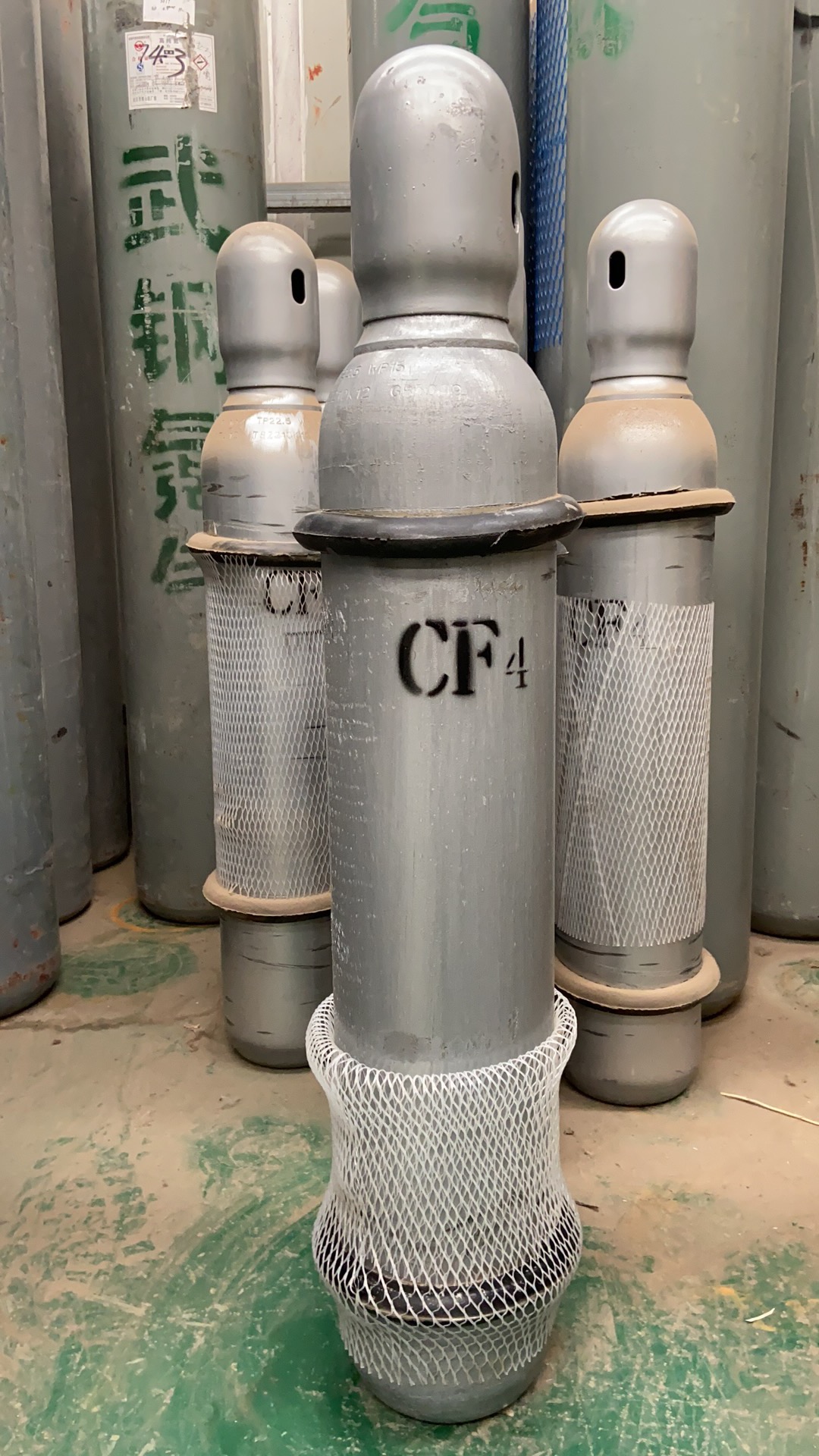Introduction to Carbon Tetrafluoride
Carbon tetrafluoride (CF4), also known as tetrafluoromethane, is a colorless, non-flammable gas used primarily in the electronics industry due to its stable properties. It's a heavy gas, about five times denser than air. It is a member of the "halogens" chemical family, which includes other substances such as chlorine, bromine, and iodine.
The structure of CF4 is tetrahedral, a shape in which each fluorine atom is symmetrically arranged around the carbon atom. This symmetrical configuration contributes to its stability and lack of reactivity under normal conditions.
CF4 is primarily produced as a by-product of aluminum production and microelectronics. It's used in the semiconductor industry as a chamber purge gas for plasma etching processes. It's also used in the manufacture of fluorocarbons and in the refrigeration industry.
Despite its many uses, CF4 can have a significant impact on the environment. It's a potent greenhouse gas with a global warming potential nearly 6,500 times that of CO2. Therefore, careful handling and management of this compound is essential to mitigate its environmental impact.





 Facebook
Facebook YouTube
YouTube LinkedIn
LinkedIn Twitter
Twitter